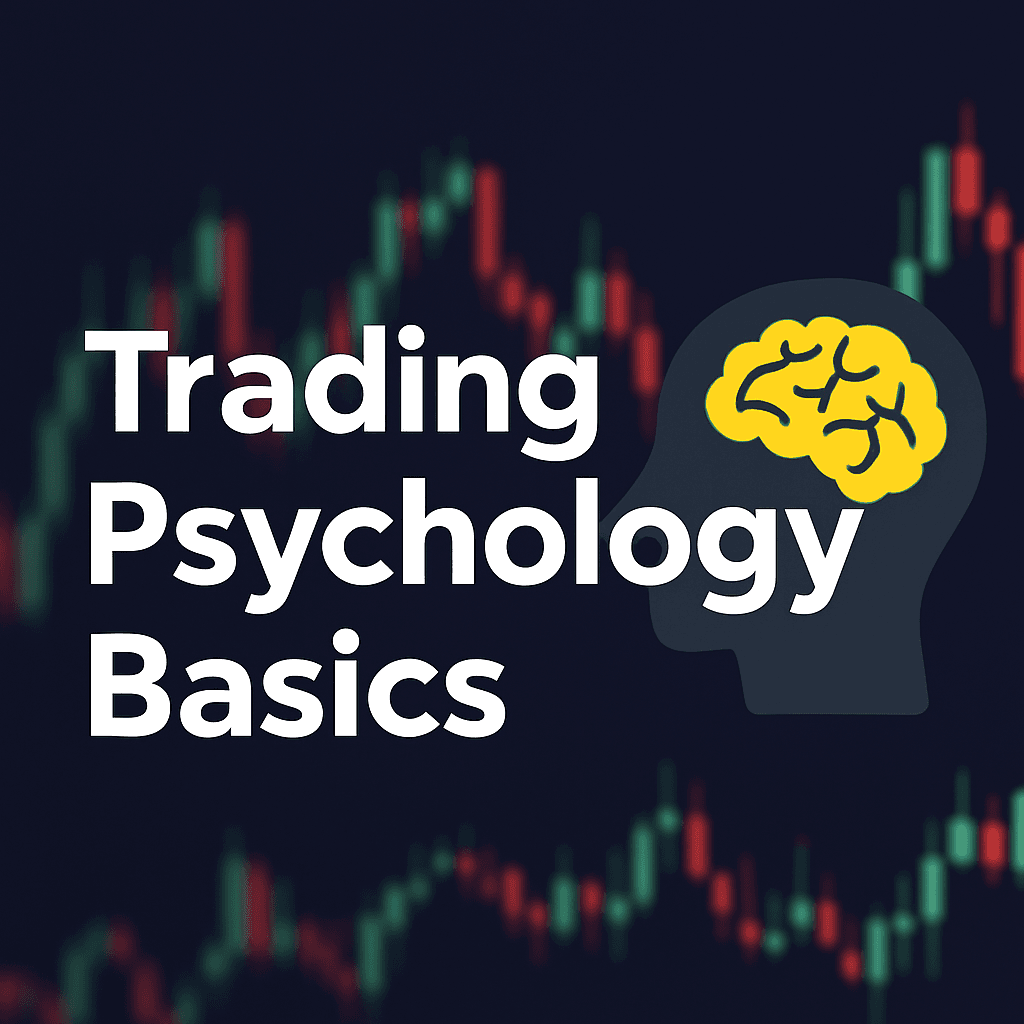Learn how to place smarter trades with the right order type
When entering a trade, the type of order you choose can make a big difference in how well your strategy performs. Whether you're trading stocks, forex, or crypto — mastering order types helps you avoid slippage, catch better entries, and control risk more effectively.
In this post, we’ll break down the three main order types: market, limit, and stop — with clear examples of when to use each.
⚡ Market Orders: Fast, But Not Always Smart
A market order buys or sells immediately at the current market price.
Pros:
- Instant execution
- Useful in fast-moving markets
Cons:
- No control over price
- Higher risk of slippage during volatility
When to use it:
When speed matters more than price. For example, closing a position quickly during news or a breakout.
🎯 Limit Orders: Precise Price Control
A limit order only executes if price reaches your chosen level — or better.
- Buy Limit: Buy at a price lower than the current market
- Sell Limit: Sell at a price higher than the current market
Pros:
- Better price control
- Avoids overpaying or underselling
Cons:
- Might not get filled if price never reaches your level
When to use it:
When you want to buy the dip or sell into strength — and you're okay waiting for the right price.
🔐 Stop Orders: Protect or Trigger with Momentum
A stop order activates only after price hits a trigger level.
There are two types:
- Stop-Loss Order: Protects you by closing a trade once price hits your stop level.
- Buy Stop / Sell Stop: Enters a trade after price breaks a certain level (momentum entry).
Pros:
- Automates risk management
- Enables breakout strategies
Cons:
- Can trigger during fakeouts
- No guarantee of exact price (still uses market order when triggered)
When to use it:
To cut losses automatically or enter trades when momentum confirms your thesis.
🧠 Why Understanding Order Types Matters
Each order type has its role depending on your strategy:
- Scalpers may favor market orders for speed.
- Swing traders often use limit orders to enter at premium/discount levels.
- Trend traders might set stop entries above resistance or below support.
Knowing when to use each order type gives you an edge — and keeps emotion out of execution.
💬 Final Thoughts
Whether you're just starting out or refining your trading system, understanding order types is foundational. It’s not just about what to trade — but how you trade it that counts.
Ready to take your execution to the next level?
Check out more trading guides and tools on PWS Markets.
Trade smart,
– PatrickWS



